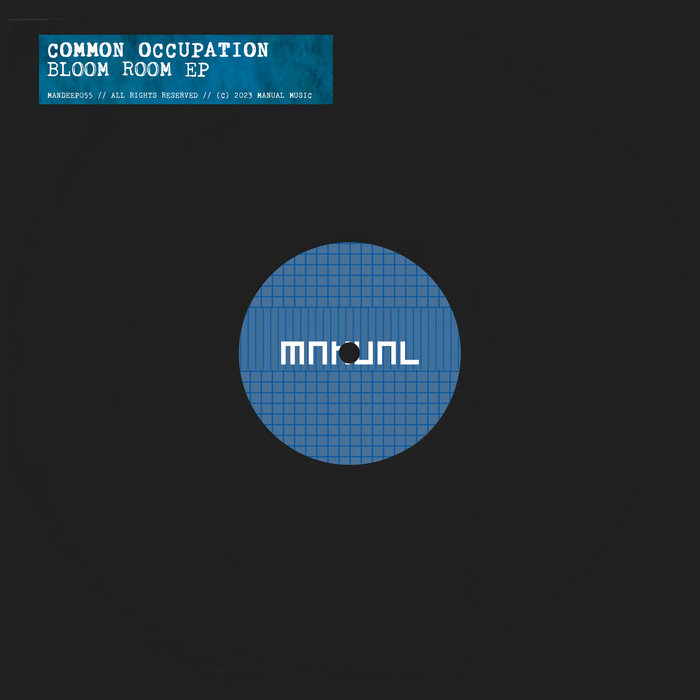
Twist – Common Occupation
this blog is GROOVY – check out great Soul, Funk, Jazz, Hip Hop, Bass, Breaks , Reggae, House n many more TUNES
Hey there, music lovers! 🎶 Gather ’round as we dive into the vibrant world of manual music. You might be wondering what exactly “manual music” is. Well, let’s break it down: think hands-on creativity where musicians use their instruments and voice to create beautiful sounds without relying on machines—like a jam session that feels like home.
The history of manual music spins back to ancient times when humans first began to express themselves through sound. From banging bones together in prehistoric caves 🦴 to plucking strings on early harps, our ancestors knew how to get their groove on! Fast forward a few centuries, and you’d find folks strumming lutes and dancing around fires (probably eating some weird but delicious early barbecue).
In the 20th century, manual music blossomed with genres like jazz, folk, rock ’n’ roll, and blues—all showcasing pure human emotion flowing from fingers onto frets or through brass.
Swinging into the spotlight in the early 1900s was jazz—a genre rooted deeply in improvisation. Musicians like Louis Armstrong and Duke Ellington brought their flair for live performance straight from their hearts 🤍. Here’s a funny tidbit: Legend has it that Armstrong once played so passionately at a gig that he accidentally blew out his trumpet’s bell! Talk about blowing off steam!
Jazz gave birth to countless subgenres (who needs an umbrella when you’ve got all these musical rain clouds?) including bebop, cool jazz, and free jazz—all driven by serious skillz backed up by good ol’ fashioned practice.
Let’s not forget about folk music—the storytellers’ tunes 🌾! In every culture around the globe (yes even your grandma’s), folks have passed down tales through song while playing acoustic guitars or fiddles—no electric stuff here!
A light-hearted legend involves Bob Dylan’s iconic song “Blowin’ in the Wind.” Rumor has it that he came up with it while trying to blow away pesky flies during summer picnics… or maybe just contemplating life’s mysteries—same vibe though!
Ahh yes—rock ‘n’ roll arrived in a thunderous blaze during the 1950s 🎸. It was all about rebellion against conformity—think leather jackets and wild hairdos—but also had its fair share of quirky moments too!
Take Elvis Presley for instance; aside from being known as “The King,” did you know he loved peanut butter banana sandwiches? It became such a staple for him that rumors say they were his secret energy source while performing those famous hip-shaking moves.
Then we’ve got Jimi Hendrix whose infamous guitar skills literally electrified audiences. A fun fact? Before starting his legendary career, he played backup for artists like Little Richard…and rumor has it they sometimes argued over who had shinier pants!
Blues emerged from deep-rooted sorrow but wrapped itself up with grooves so infectious you’d dance even if you’re crying inside 💃🕺! Artists like B.B. King used storytelling through soulful riffs—and did ya know? He named his beloved guitar “Lucille” after two women fighting over him at one particular show (talk about competition).
Funny thing is…he never realized they’d turn brutal because he only wanted peace among musicians!
And then come funky rhythms dripping sweetly across dance floors beginning in late ’60s—to create funk & soul heaven led by legends such as James Brown or Parliament-Funkadelic claiming something totally different became popular: getting people moving whether they liked it or not.
Last little gem worth sharing is George Clinton famously stating how “Funk” isn’t just contagious—it could cause blood clots if played too loud AND made your shoes shine effortlessly when danced upon…now we know why platform shoes exist!
Zooming into recent decades brings us acoustic sets filled with spontaneity everywhere – coffee shops echoing soul-folk pieces sung softly nextdoor right behind raucous corner jams having everyone bobbing heads 🤩 without needing fancy synthesizers involved—but let’s not kid ourselves; talent still remains timelessly essential no matter what decade rolls along.
Instrumental greats paired alongside incredible singers remind us this written word is merely scratching surface delicacies present within big wide sea innovation fueled purely via tactile touch switching notes wrapping emotions tightly woven within melodies layered tonally deep yet simplistic enough anyone can listen near-silently enjoying these heartfelt expressions emanating off fingertips pouring endlessly towards crowds gathering round…
Manual music will always hold space close hearts stretching boundaries beyond deadpan routine making joyous connections possible floating freely above uncertainty keeping vibrancy alive each note striking perfect chord rippling warmth miles away – remember each strum hum taps toe dancing spirit igniting familiar groovy beats lighting fire beneath soles still quickening pulse allowing life flourish boldly embracing playful ways forever onward reaching someone somewhere feeling grateful thankful chanting endless harmonies connecting united humanity coating world fresh hopeful strokes bringing smiles laughter simply reminding us go explore own tune unique signature establishing personal rhythm developing feelings shared around…all friends gathered under sunlit skies singing songs together hand-in-hand celebrating joyously finding groove walking barefoot throughout journeys living dreams expanding love transformation possible encore happening everyday lifting spirits where ever one may roam blissfully traveling easter egg hunting peaceful trails laid open before adventurers blazing new paths while listening closely waiting patiently hearing whispers hints veiled hours spent searching truth seeking further songs move souls heartbeats connected warmly glowing bright illuminating winding roads ahead embrace glorious future full possibility uncharted landscapes ripe ready invitation awaits YOU join happily follow solid vibrations wherever they lead ✌️🎤✨

Twist – Common Occupation